It was February of last year, and my friend Nhan needed a break - a road trip out of town. Only this was the Czech Republic and why take a road when you can take a train on the densest railway network in all of Europe? We threw around ideas of where would be a good place to go. Wanting to save places that would look best in Spring and Summer, I suggested Kutna Hora cause going to see a pile of bones is the same in February or July. No amount of spring flowers will change the view.
We got into our train compartment and marveled at what a relaxing way this was to travel. Nhan originally hails from Orlando. He remarked how wonderful it would be to have a train like this for day trips from the city to the beach. Instead, after a day of unwinding, a Florida beachgoer has to experience the stress of the traffic back into town. We would get to chat the whole way to Kutna Hora with nary a thought about traffic, gas tanks, or directions. The cost round-trip was less than $5 for each person.
Being the dear friends they are, Gulnara and Nhan greeted me with a box of chocolates, even though I had lost, yes, lost the Christmas present they gave me before I even opened it. Did I say they were dear friends? Simply the best.
Gulnara and me in the deserted Square at Kutna Hora
It was one c-o-l-d day the day we decided to go. I think we were three of 12 tourists in the whole town. We definitely did not have to fight off the crowds to go visit what was our first UNESCO Heritage site that we visited simply because it was a UNESCO Heritage site. We decided to save the Bone Church, the reason everyone comes to Kutna Hora, for the end of the day.
The Alchemist's Shop
Immediately we spotted a beautiful building with tourist information and a purported alchemist's shop. I would like to say we were all filled with a burning desire to learn how to turn ordinary objects into gold, but mostly we were just freezing our tushes off and needed someplace, anyplace, with heat!
Investigating Alchemy
There were all sorts of mysterious mad scientist apparatus and giant bellows and a tunnel that lead who knows where. All of it food for the imagination of a young person raised on tales of King Midas. But what Kutna Hora is known for besides the Bone Church, is the real wealth, not pretend wealth that came out of this town.
Kutna Hora was the center of a mining operation that created coinage that was traded so widely you could call it unintentional medieval Euros. We began walking toward the famous Church of St. Barbara's (named after the patron saint of miners and anyone working with explosives) that had been built with all of this fantastic wealth that Kutna Hora produced.
The Walkway to St. Barbara's
The walkway to St. Barbara's was so romantic -- or it would have been if it wasn't 0 degrees centigrade. Along the way were numerous statues of saints and people in various states of torment, along with the beautiful paving and stonework that Czechs do so well.
Over the stone fence to the left, there was a magnificent view of Kutna Hora, the town, and the surrounding countryside. There are around 21,000 people in Kutna Hora today but at one time Kutna Hora rivaled Prague for economic dominance of Bohemia. The mines have played out, however, a new source of wealth has been found: growing tobacco for Phillip Morris.
Over the stone fence to the left, there was a magnificent view of Kutna Hora, the town, and the surrounding countryside. There are around 21,000 people in Kutna Hora today but at one time Kutna Hora rivaled Prague for economic dominance of Bohemia. The mines have played out, however, a new source of wealth has been found: growing tobacco for Phillip Morris.
Gulnara and Nhan
with St. Josef's Church
in the background
As we walked toward St. Barbara's Church, I was fascinated by the competing church St. Josef's, easily seen from this walk way and the spectacular St. Barbara's. I marveled at what politics would motivate the building of a smaller, less ornate church when there's a perfectly magnificent church already started in town in the 1300s. Maybe it's like American churches that divide and divide into smaller and smaller congregations over minute theological questions, I don't know. Or maybe the townspeople viewed St. Barbara's as a money pit. It didn't get finished until 1905. It was fun to think about.
Approaching the flying buttresses
of St. Barbara's Church
I ask you gentle readers, especially my male readers, you know what flying buttresses are as an architectural detail, don't you? Simply because it's so much fun to say "flying buttresses," right? Can you say the same for knowing what crenelated stoneworks are? Sounds like a detail on a petticoat, doesn't it? I was just wondering if my theory that you know what flying buttresses are proves correct. The inner 8-year-old in all of us loves to say "flying buttresses!"
One of many beautiful baroque altars
and stained glass windows within the church
The beautiful Gothic
arches and ceiling
within the Church
After thoroughly exploring the unheated church we headed back toward the center for a long leisurely lunch of Czech specialties, mead and beer. There were more interesting sites along the way to our next stop.
For example, they don't make
water towers like this back home.
Two wild and crazy Czechs
from back in the day.
Many European communities
have one of these:
a Plague Column
to commemorate and give thanks for the end
of the Bubonic Plague's rampage.
We were all excited when we saw this truck
because we thought we were going to get to say hi
to American military overseas.
It was three Czechs moving carpet.
The Italian Court
because we thought we were going to get to say hi
to American military overseas.
It was three Czechs moving carpet.
The Italian Court
Our next stop was the Italian court, a former royal residence and mint. We took a tour that showcased some of the coins and manufacturing operations of those times. I remember being impressed with medieval loss prevention techniques. Nobody was sneaking home with any coin molds in their lunch pail.
The keys our guide used to enter
the doors at the Italian Court.
Good thing she had them.
She was so nervous
giving her first tour in English
she accidentally locked up a few tourists
on our tour.
Luckily Gulnara asked,
"Hey, where did the Germans go?"
Otherwise they might still
be locked up in the tower.
be locked up in the tower.
The drop-dead gorgeous chapel
in the Italian Court.
Every wall was achingly beautiful.
Oh, the Bone Church.
We ran out of time. Never saw it.
Ice cream and good conversation
got in the way.
I hope I come back this way again.
I'll do the Bone Church and the Silver Mines
...next time.
You might enjoy these other train-related posts:

 T
T












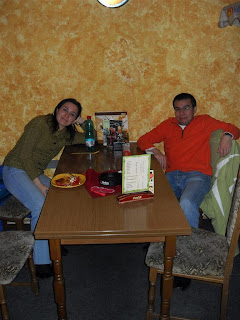





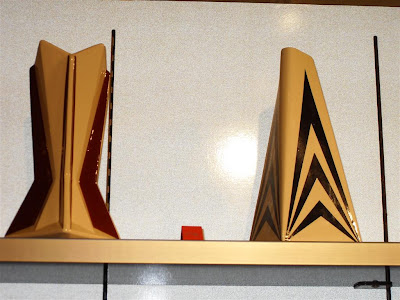
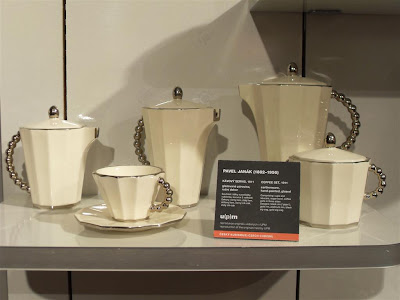








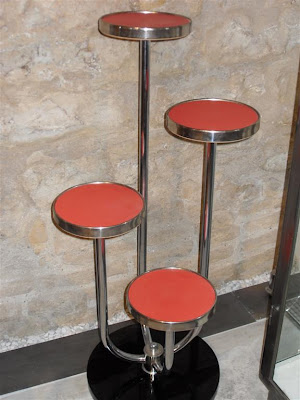






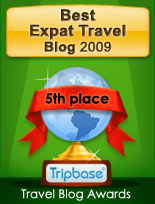
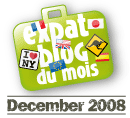





 Who links to me?
Who links to me?
